
|
Surfaces: Part 1 - Tools. by Richard L. Howey, Wyoming, USA |
One of the glorious aspects of a microscope is that it can open up to us hidden dimensions in ordinary items around us and even give us a richer understanding of the complexity of reality.
Microscopists, very often and quite legitimately, want to look inside things, take them apart, cut sections and reveal secret wonders. In this essay, however, I want to look at the outsides of some things, some surfaces–up close. I’ll show you an image or 2 or 3 of an object and sometimes let you meditate on it before I tell you what it is.



This is a dental probe; the first 2 images are of the handle and the third one is of the tip. I often use a pair of them as dissecting needles. They are very sharp as my left index finger will attest (and, NO, I wasn’t attempting vivisection–I hate pain)! Yet, when we look at that tip magnified, it doesn’t appear to be all that sharp–a lesson in perspective.

The texturing on the handle is not mere decoration. A smooth steel handle, especially when wet, can be very slippery. The texturing helps one keep a firm grasp on the probe.
------------------------------------------------------------------------------



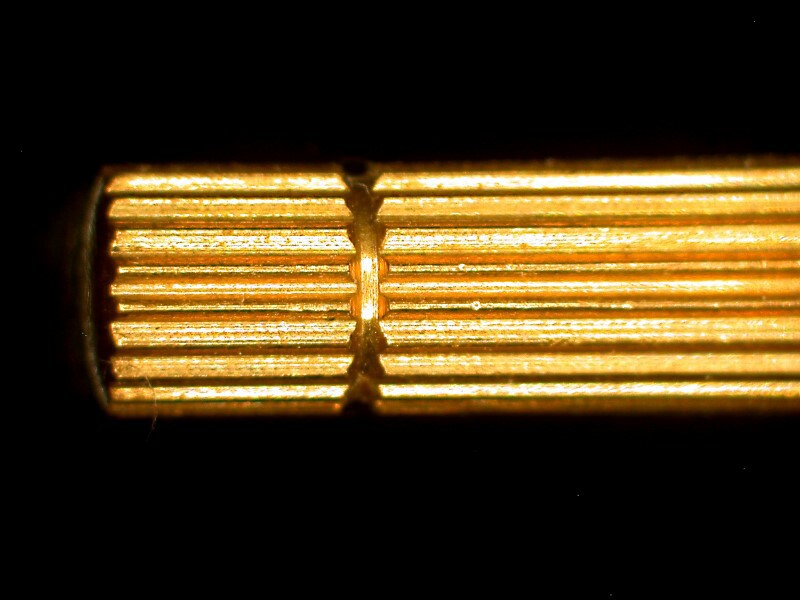
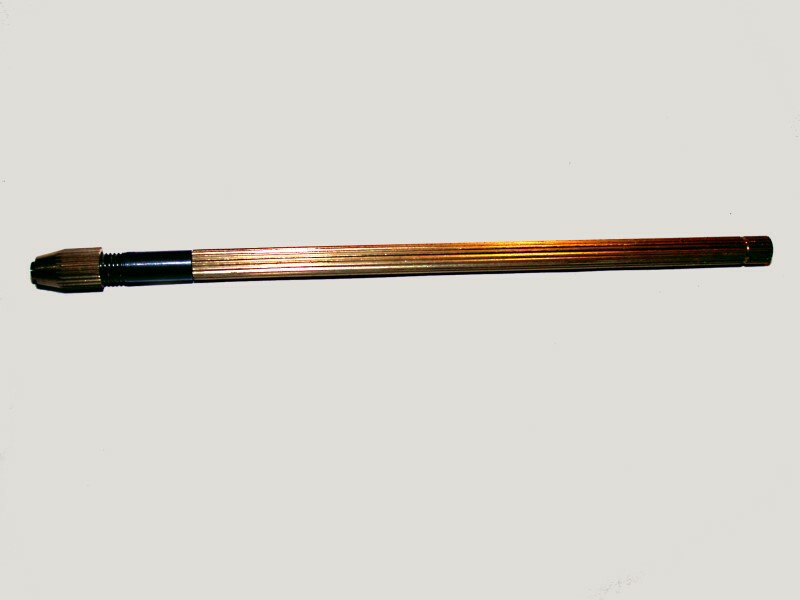
The first 2 images are of the handle of a pin vise, the third shows the chuck or collet, and the fourth is the end of the handle. I have several different sizes and styles of pin vises. I use them to hold different sizes of insect pins and also Minuten-Nädeln which are those tiny, thin pins used for gnats, mosquitoes, etc. You should be extra careful in handling insect pins; they are hellishly sharp and the Minuten-Nädeln, in particular, which because of their small size, could get imbedded in a finger and cause real problems. I always use forceps to load them into a pin vise. What you now have are micro-dissecting needles made of very springy steel. These are exceptionally useful for tasks such as sorting diatoms, forams, or for separating and isolating delicate structures in or on small organisms.
-----------------------------------------------------------------------------
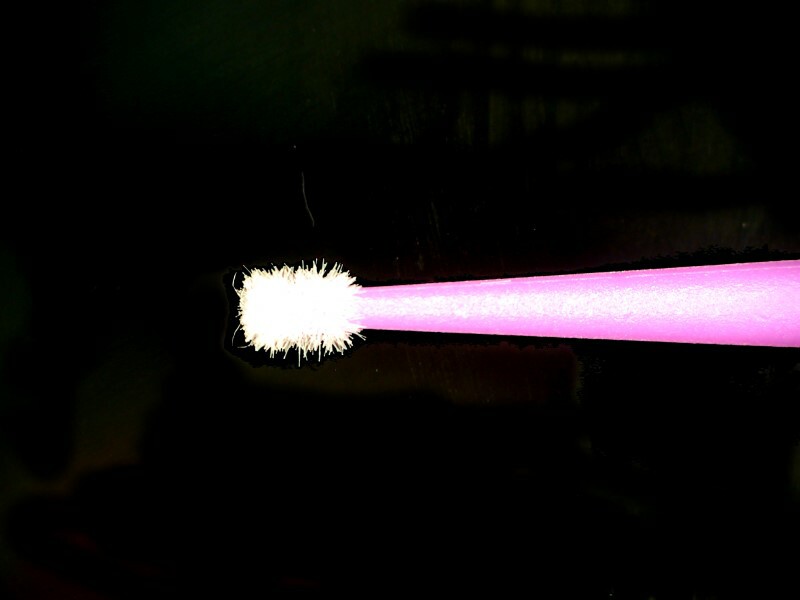
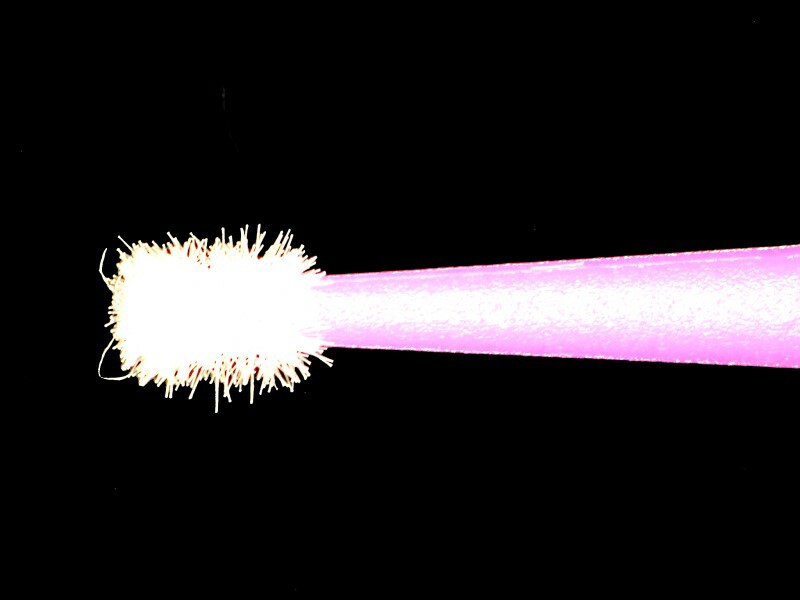
You can find these on Amazon among other places. I recommend buying them in quantities of at least 100, since if you buy them in small quantities from craft sites, they are much more expensive. They are advertised both as cosmetic brushes (for putting mascara on the eyelashes of your bumblebees) and as dental swabs (for cleaning the teeth of your sea urchins). Actually, they are incredibly handy and have a variety of uses, one of the most important of which, for me, is cleaning grimy 19th and 20th Century slides. I moisten a micro-brush with the solution that I use for cleaning oculars and objectives and then wipe gently, with circular motions starting at the center of the cover glass. If there are Balsam flecks or ones from another kind of mountant, then you need to remove these first delicately using a micro-scalpel (which we’ll consider next). When using the lens cleaner on the brush, be sure not to have an excess that might leak under the cover glass and damage the specimen.

---------------------------------------------------------------------------
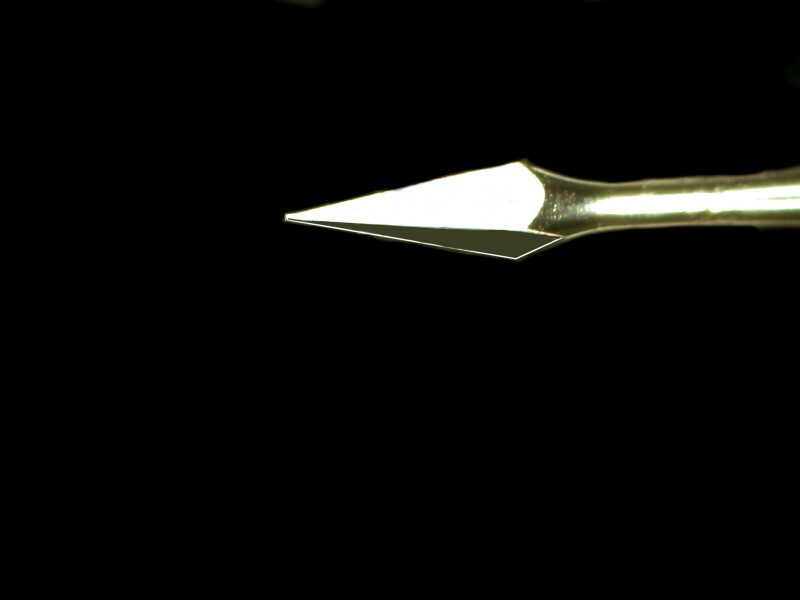
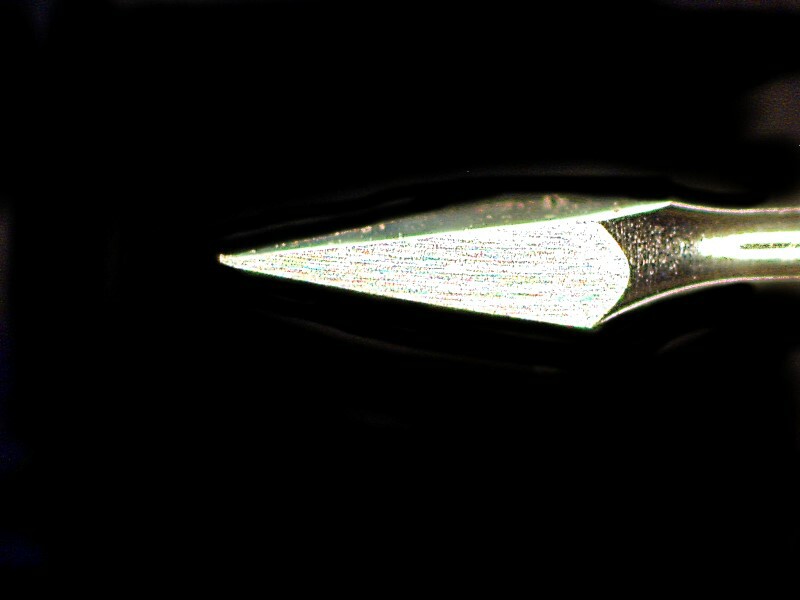
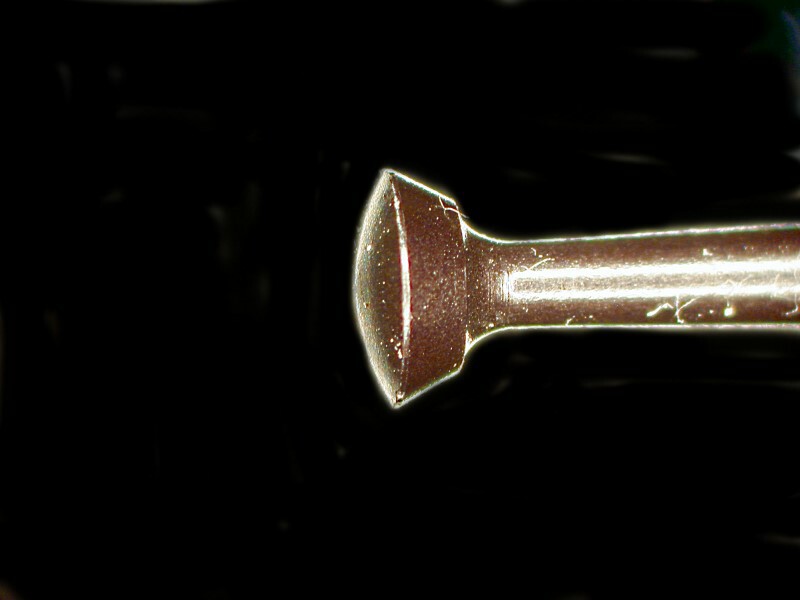
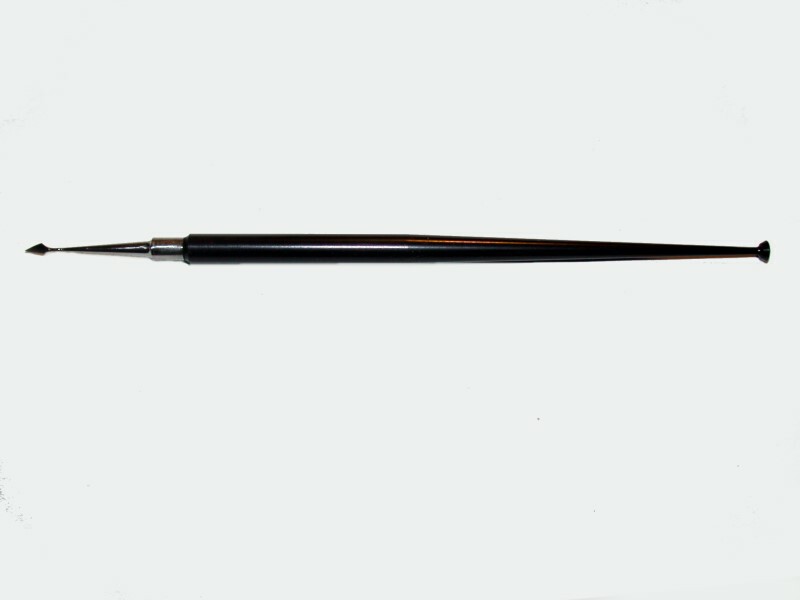
Really good micro-tools, such as those made by Circon, are expensive and should be purchased only if you are going to be doing exceptionally delicate work and are comfortable handling such tools, because they are quite fragile and can easily be damaged if mishandled. There are some inexpensive micro-scalpels which can be repeatedly sharpened, but it is difficult to get a good edge on them. For many purposes, standard disposable scalpels with a #11 or #12 blade are satisfactory. If you are a bit of a daredevil and take proper precautions– especially to protect your eyes –you can make your own, if you have the proper tools. You can break double-edged razor blades into small pieces using pliers or cutters and select those which can be mounted firmly into a small dowel or, if you get lucky, into a pin vise.
Another possibility is to take dissecting needles, dental probes, or spear-point dissecting needles and using an inexpensive diamond hone, shape and sharpen to fit your needs.
--------------------------------------------------------------------------------
Another handy little tool is the micro-spatula. These come in 3 different sizes, are plastic, and have short handles making them easy to maneuver in small spaces. Since they are plastic, you might want to use them to manipulate very fragile specimens where metal tools might be more likely to produce damage.
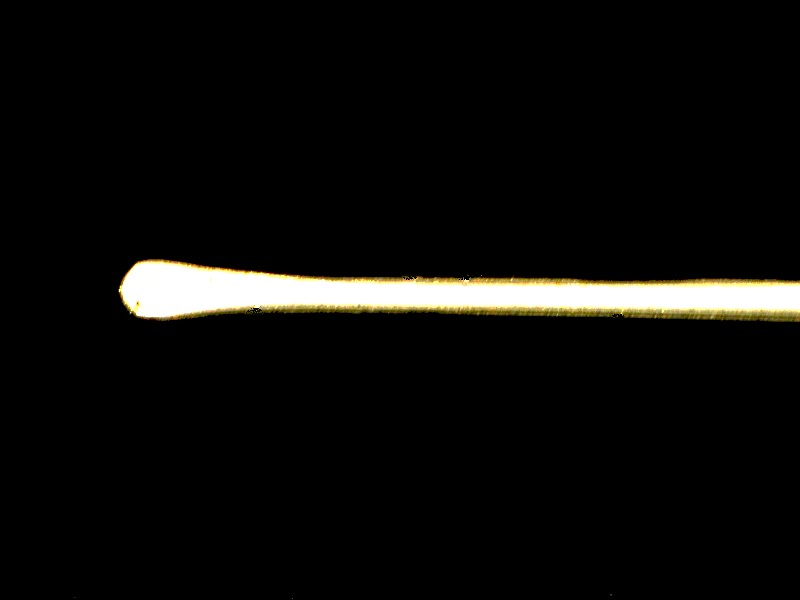
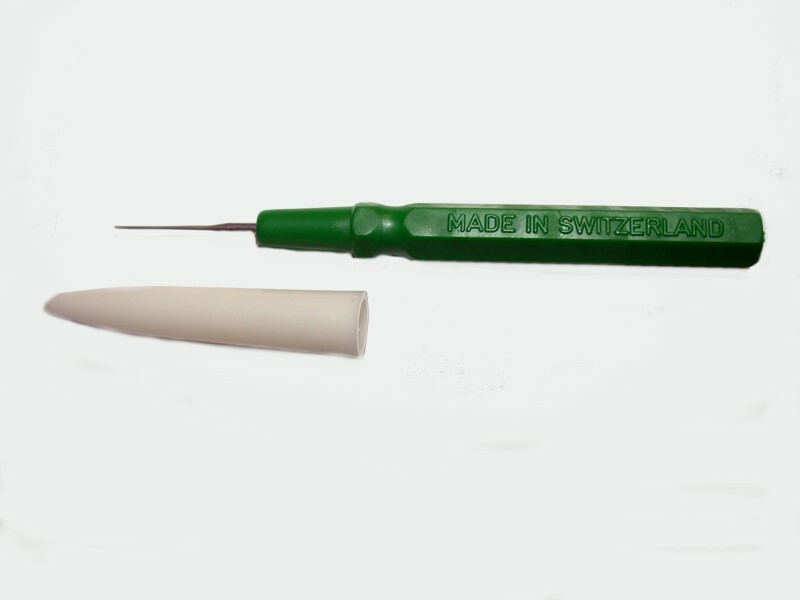
---------------------------------------------------------------------------------
For a wide range of uses, I like to always carry a pocket knife. Some 15 year ago, I found what I regard as the ideal such implement. It is stainless steel, has a sharp standard blade on the first third from the tip, then a serrated section, and a final standard third. It is light weight, sturdy, and about 3 inches long making it convenient to carry. It is light-weight due to the fact that it has 7 oval holes in the handle and a curved arched triangular hole in the blade itself. It locks securely, but the blade release is efficient and easy to use. It is an exceptionally fine design and it is Chinese.
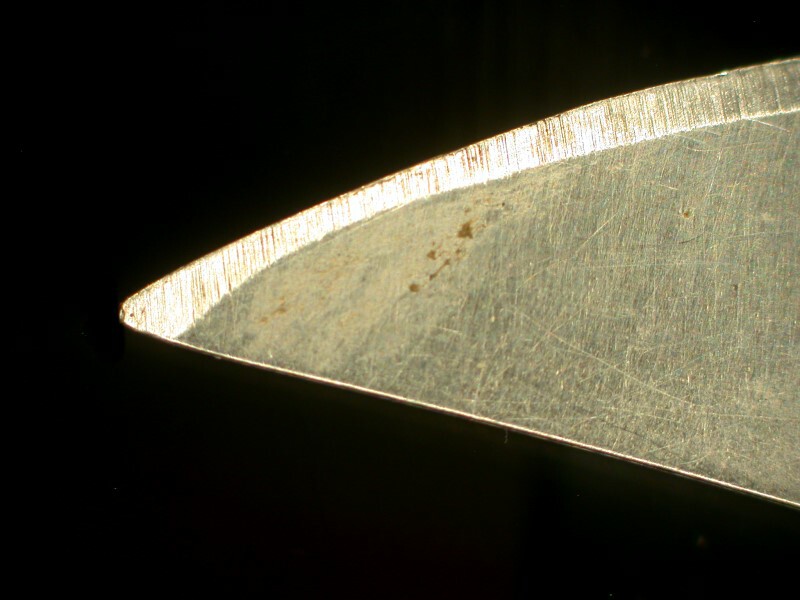
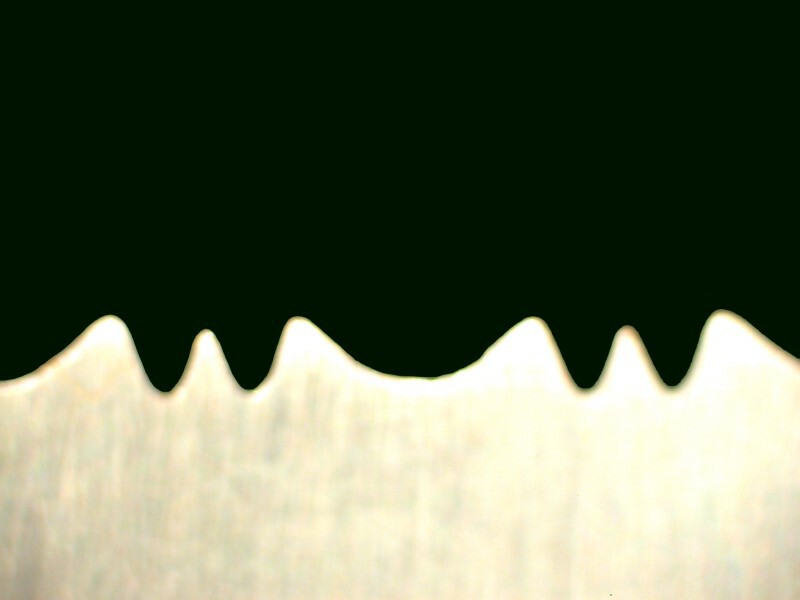

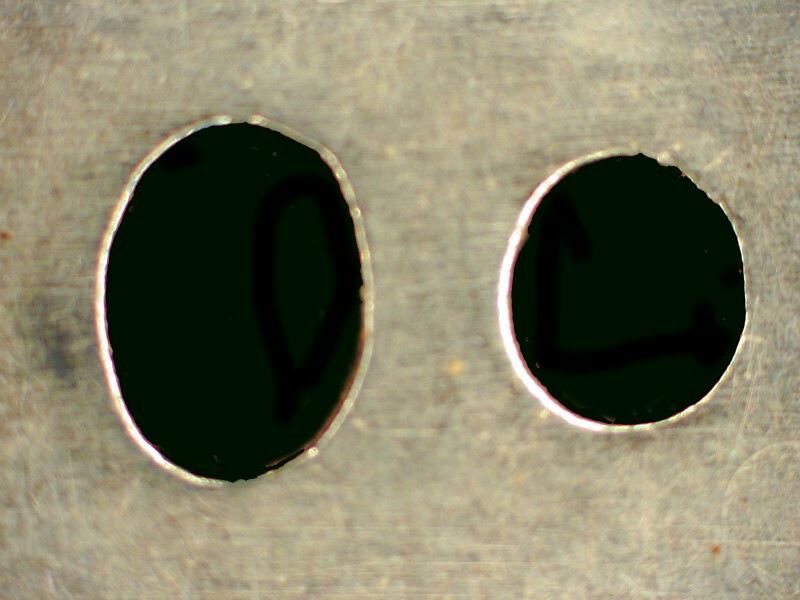
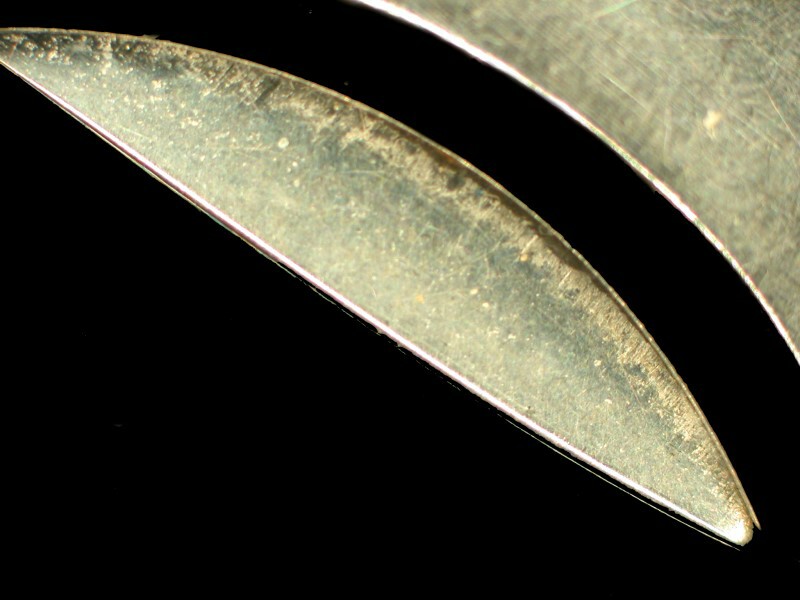
I bought one and as soon as I tried it out I knew it was superb and durable. The next day I went back and bought 9 more. Extravagant Yank! Yes indeed. It was a dollar store chain and so 10 knives cost me $10 plus tax. I have given 8 of them to friends and kept one extra for myself. To this day, I find it mind-boggling that these are made of quality steel, well-crafted and shipped from China to the U.S. which involves fuel bills plus the additional fuel bills to distribute them within the U.S., and then are marketed in stores which have American overhead costs, salaries, and taxes and yet are sold for $1.00! Or were; I’ve never seen them again. The Puritan side of my psyche tells me that I should feel terribly guilty at what necessarily must involve horrendous exploitation of very poor people and the Scottish side of my psyche tells the Puritan side to “Shut up! He got a great deal.” I am aware of the awful disparities and feel impotent, but I no longer believe that I can change the world, until I am elected Supreme Emperor.


------------------------------------------------------------------------------
Other useful tools are small diamond routers (and, no, they don’t make good presents for your wife, mistress, or girlfriend). They are handy, however, for smoothing edges of calcareous specimens which you wish to make macro-mounts of.
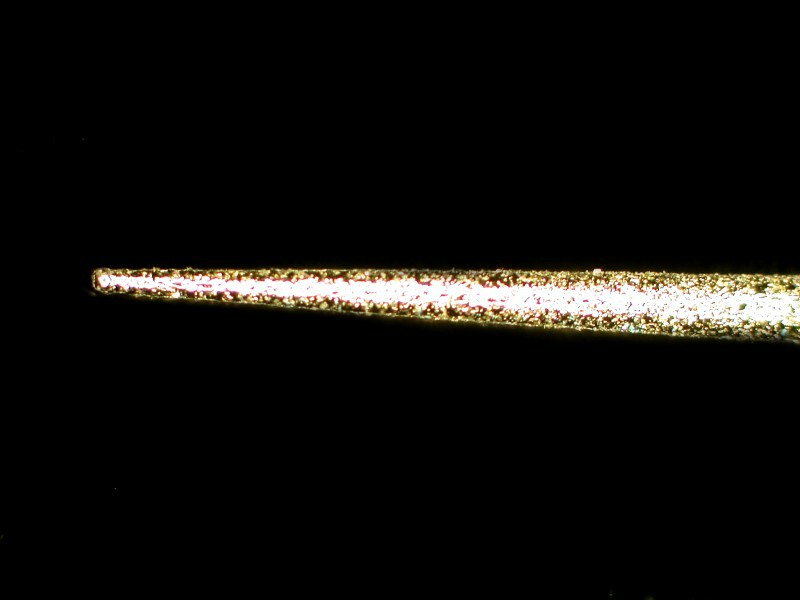
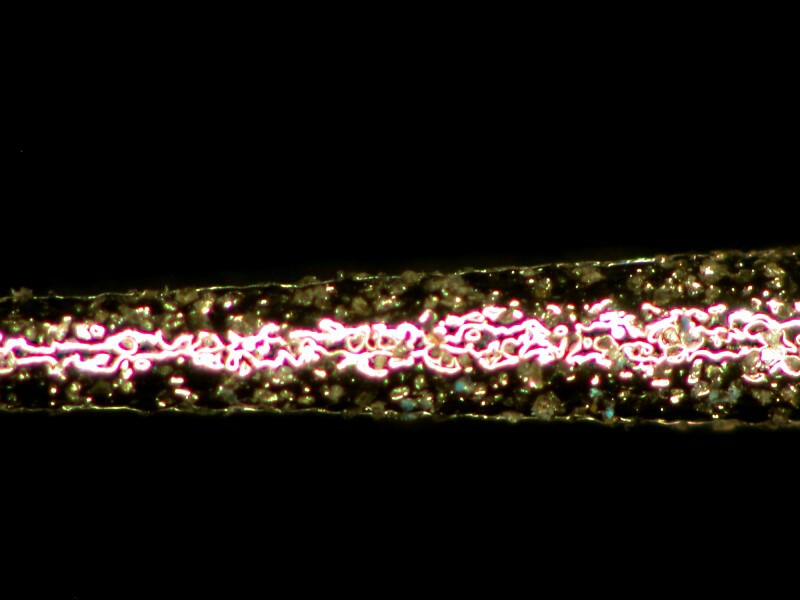
In this second image you can see the abrasive texture of the surface which is highlighted here by the illumination of the circular ring LED illuminator.
And here is what the whole tool looks like; it is only about 2 ½ inches long and they usually come in sets.
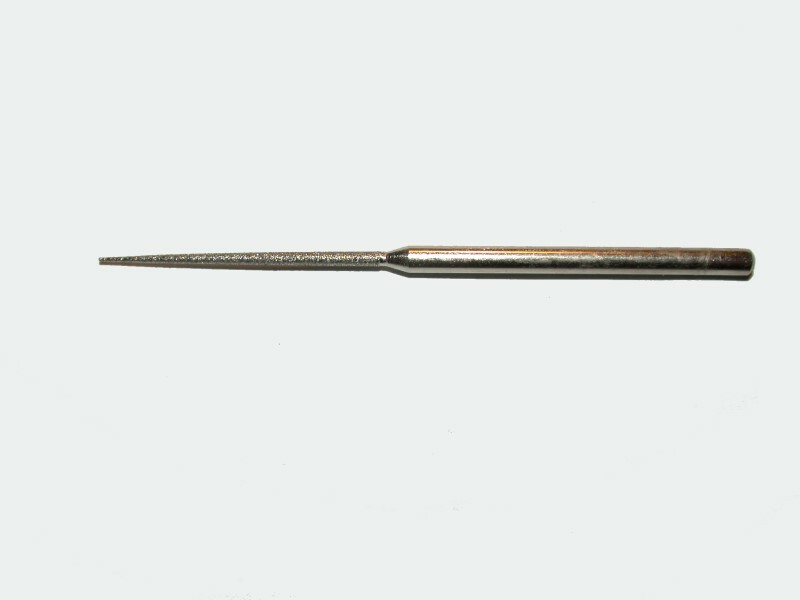
---------------------------------------------------------------------------
As you can tell from the images, the abrasive is not particularly fine. As a followup, you can use an emery board. In this closeup, you can see what almost look like flattened sand grains.
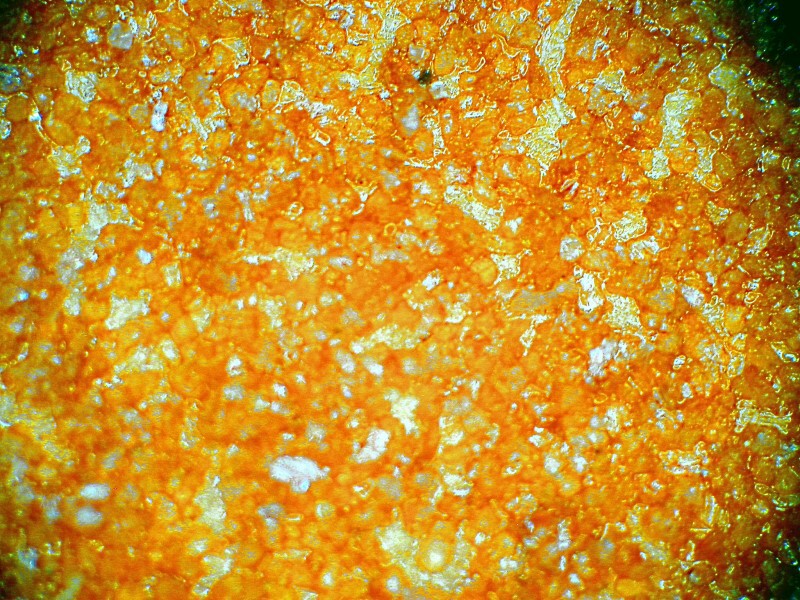
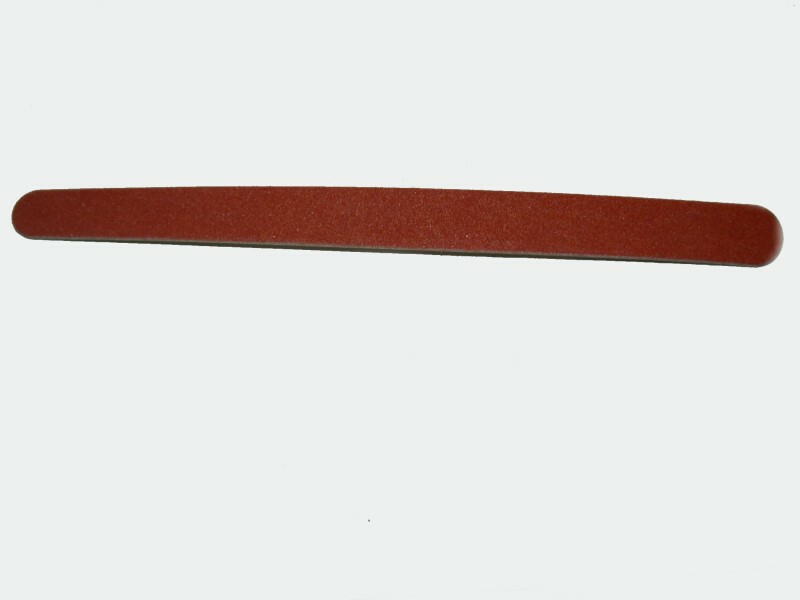
-----------------------------------------------------------------------------
Next are some images of an essential object to get any images at all.
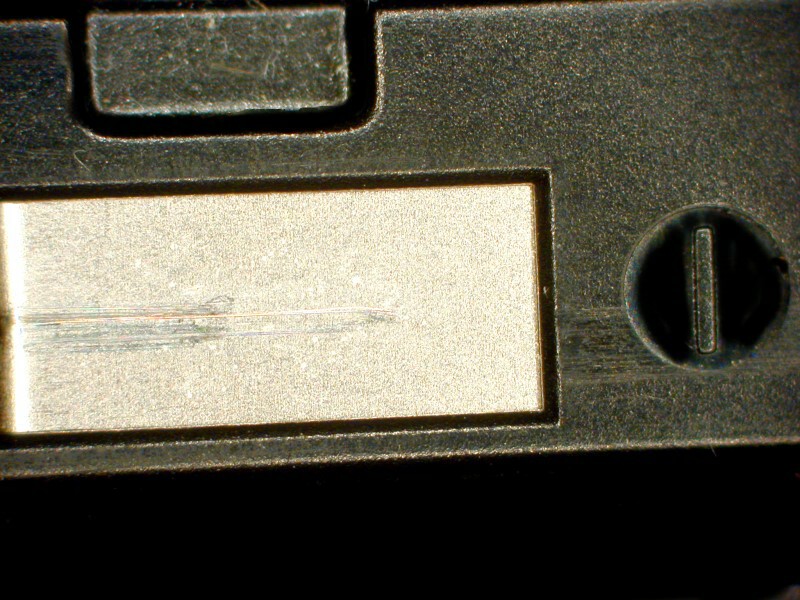
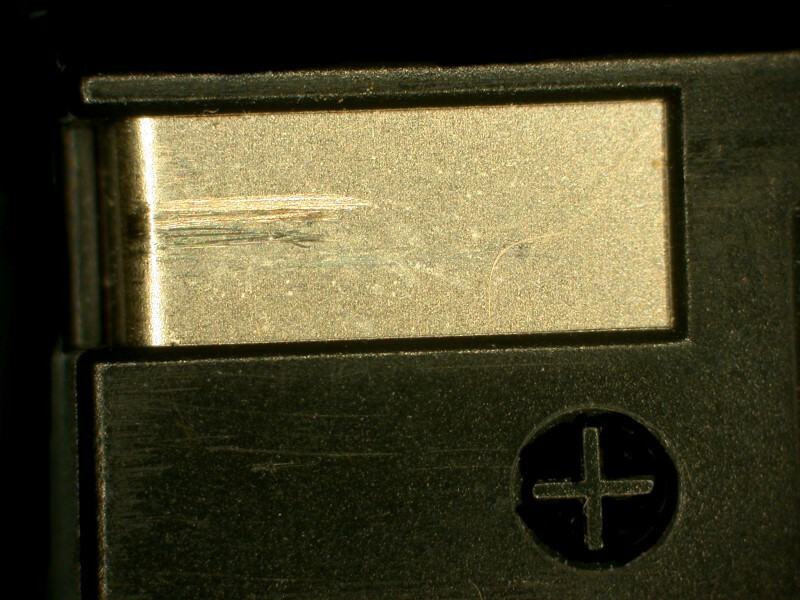
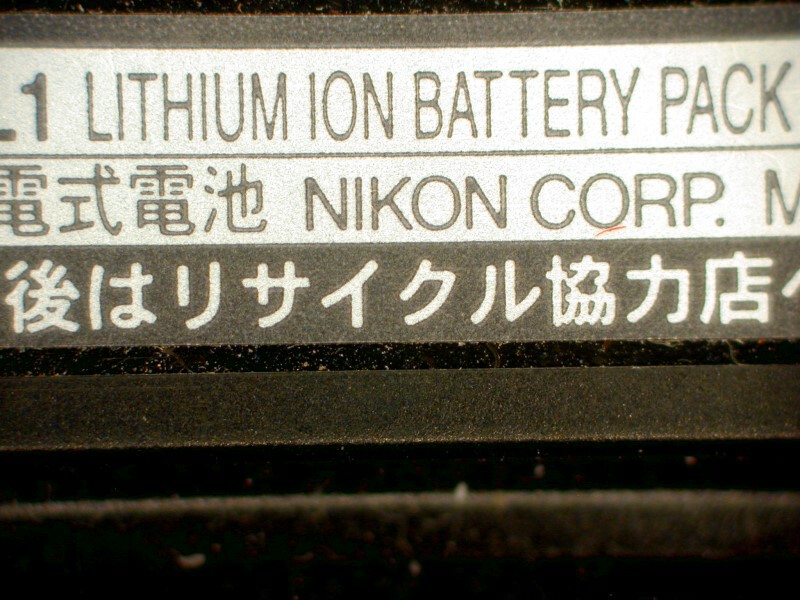
And it is, of course, the battery for my digital camera, an old and trustworthy Nikon Coolpix 995.

---------------------------------------------------------------------------------
These days, virtually everything we buy, is tracked and identified by a series of black lines, a bar code.
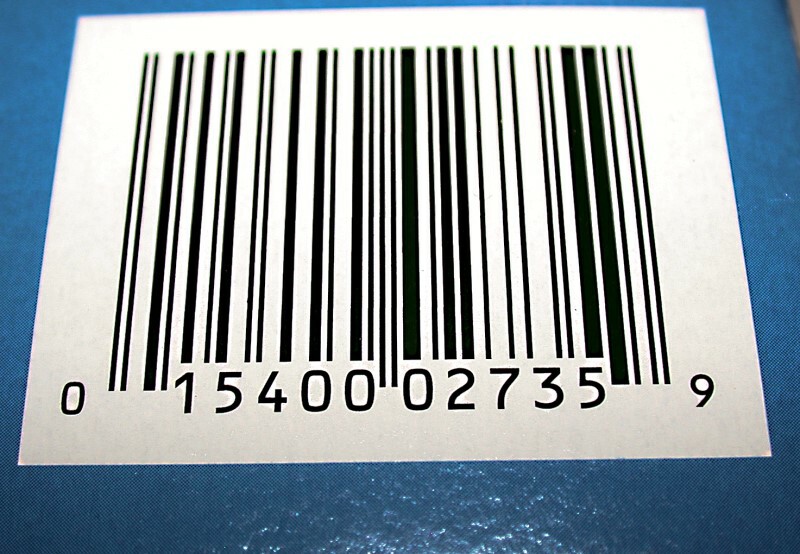
------------------------------------------------------------------------------------
However, there are occasions when we still resort to older technologies, such as, the pen. Here is the tip of one and then the whole pen.
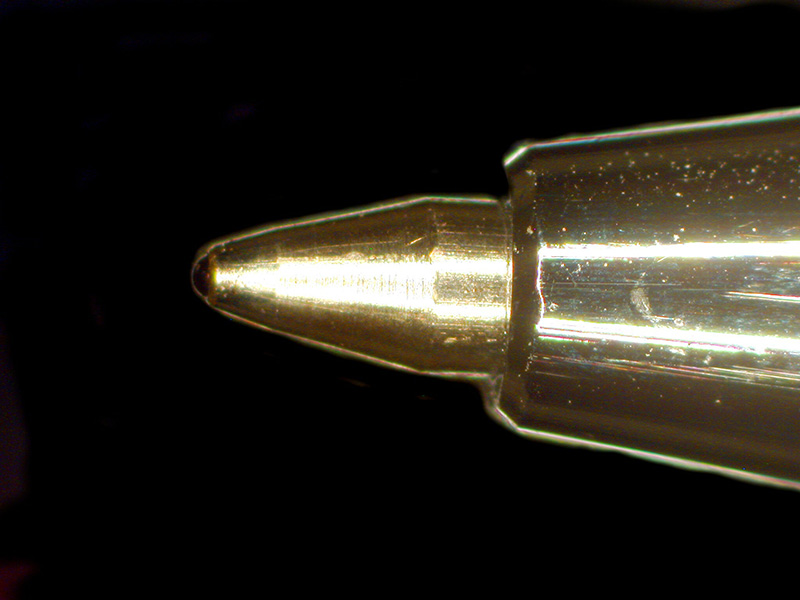
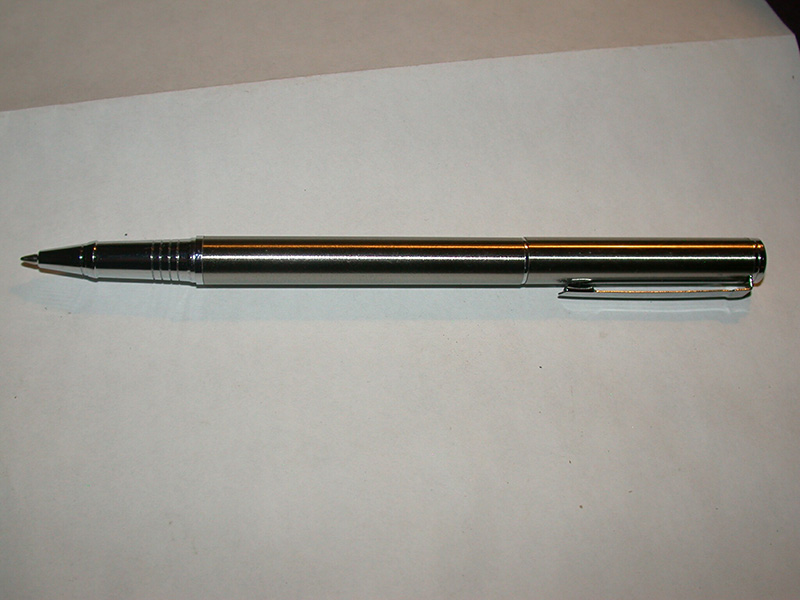
I have developed a fondness for rollerball pens and started collecting some rather nice ones, but I won’t pay more than $20. I’m definitely not a collector of the fanatical ilk who will go for the top items. I can’t believe what some people will pay for a rollerball pen. There is a listing on eBay for a Montegrappa Salvador Dalí Rollerball pen, Celluloid, 18k Gold trim for a mere $71,920.00!!! Insanity; no wonder people think there is an economic crisis in terms of the inequity of wealth. Maybe Donald Trump has such a pen.
-----------------------------------------------------------------------------
Our cameras, computers, cellphones, automobiles, iPads, etc. won’t work without a very special little invention which keeps getting smaller and smaller–the chip. I find the geometry quite pleasing, everything so orderly in contrast to my world.

--------------------------------------------------------------------------------
I wear glasses (bifocals) and I have never been very comfortable wearing them while using a microscope, but then that means that I can’t read slide or jar labels and would have to constantly be putting my glasses on and taking them off when working in my lab, were it not for my magnifier on a neck chain. It has a 4x lens and makes things much simpler. The chain is quite interesting under the stereo microscope with its reflections from the ring illuminator.
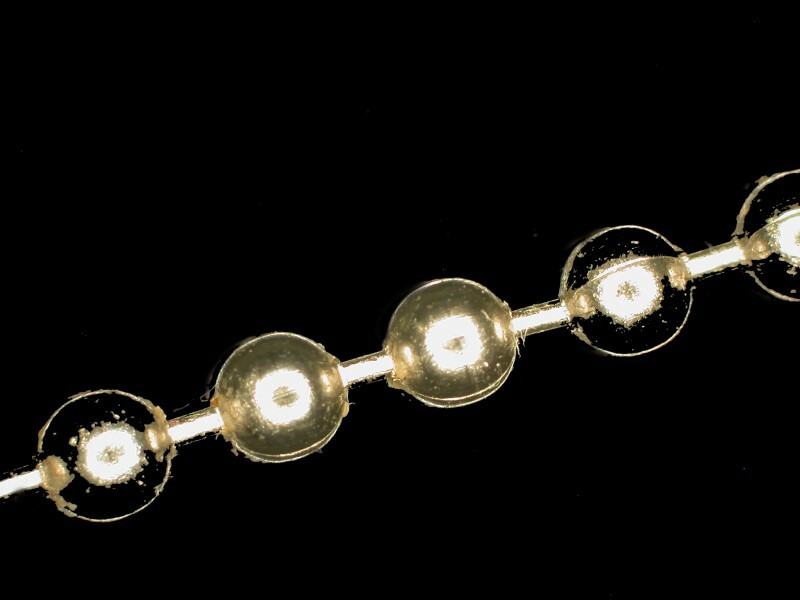
And here is a closeup of the clasp.
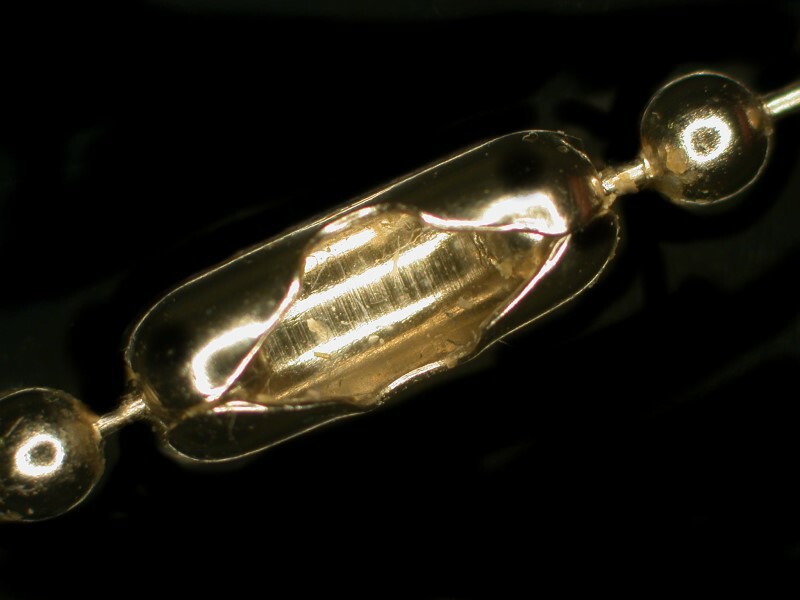
The whole assembly looks like this.
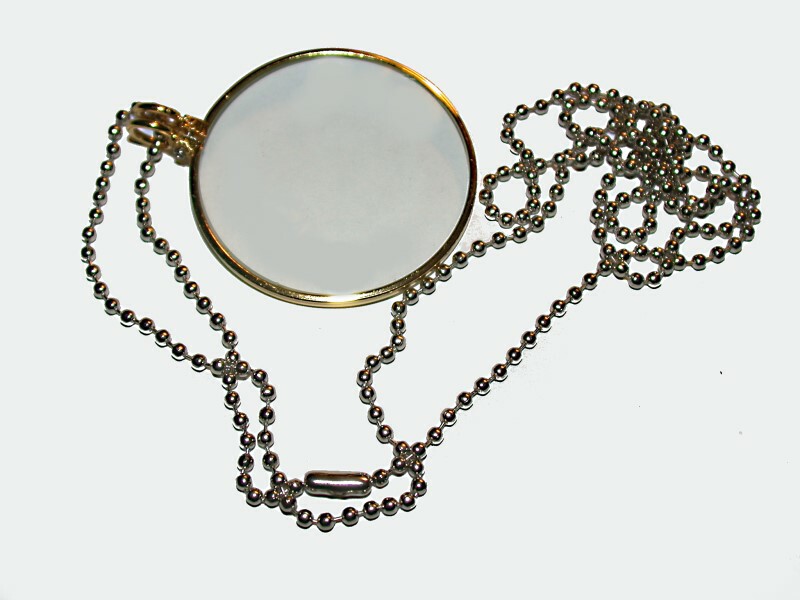
So, we got to look at some interesting surfaces and some handy tools. In the next part, I want to look at the surfaces of some specimens.
All comments to the author Richard Howey are welcomed.
Editor's note: Visit Richard Howey's new website at http://rhowey.googlepages.com/home where he plans to share aspects of his wide interests.
Microscopy UK Front
Page
Micscape
Magazine
Article
Library
Published in the April 2016 edition of Micscape Magazine.
Please report any Web problems or offer general comments to the Micscape Editor .
Micscape is the on-line monthly magazine of the Microscopy UK website at Microscopy-UK .
©
Onview.net Ltd, Microscopy-UK, and all contributors 1995
onwards. All rights reserved.
Main site is at
www.microscopy-uk.org.uk .